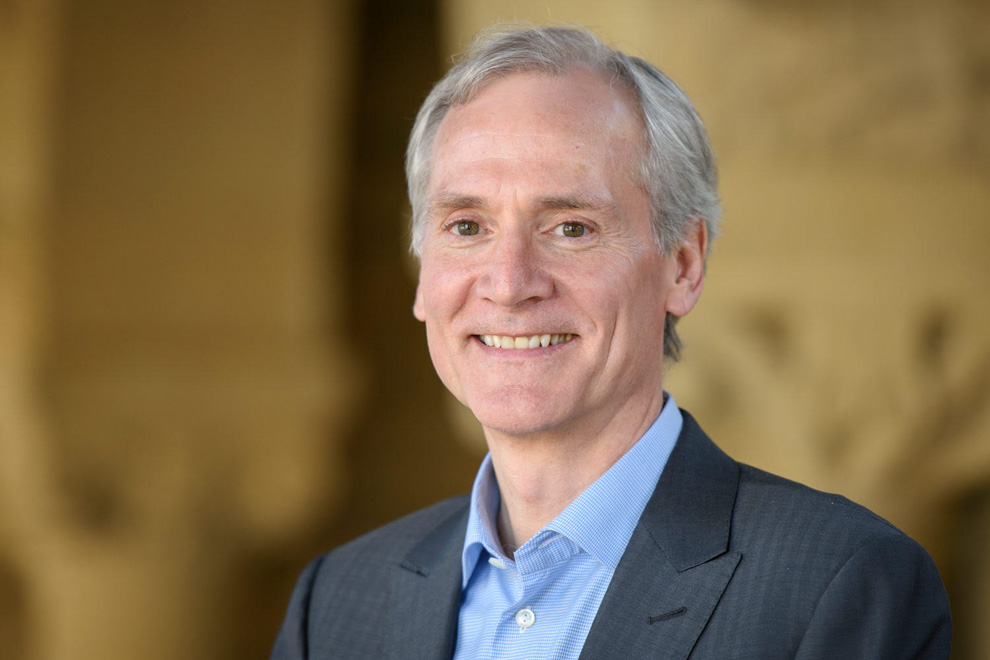President Marc Tessier-Lavigne and Provost Persis Drell provided updates on plans to reopen campus and Stanford’s financial situation in a virtual meeting on Aug. 3. They were joined by Vice President for Human Resources Elizabeth Zacharias, who discussed the University’s efforts to help faculty and staff affected by COVID-19.
At the time, Tessier-Levigne announced that they continue to plan for reopening as described in a previous announcement in June, with frosh and sophomore students being allowed on campus in the fall and juniors and seniors returning for the winter and spring. However, since then, they the University has walked back its plans to allow undergraduates on campus.
Tessier-Levigne also announced a final budget plan that was approved by the Board of Trustees, which he said places great emphasis on keeping Stanford financially accessible for students. Tessier-Levigne described the plan as “a blended approach to the budget, accounting for loss of revenues and continued volatility in the financial markets, while also allowing us to increase support for student financial aid.”
While budget cuts have not been as severe as expected, he said, many departments have had to make reductions in their staff to accommodate for financial aid in the University’s budget. There have been 208 permanent layoffs, 30 temporary layoffs and an undisclosed number of layoffs for fixed term and contingent positions so far. He added that there may be further layoffs if necessary.
“This has been a difficult time for so many reasons, and these decisions were especially hard,” Tessier-Levigne said. “But as difficult as these actions are, they’re necessary to put the University in a stronger financial position as we navigate the months ahead and look to sustain Stanford over the long term.”
Stanford’s measures to help its furloughed workers include a 60 days paid notice and continued medical benefits, as well as career transition services and severance pay for permanently laid off employees. To support on-campus essential employees, the University will be continuing their current interim premium pay policy through the end of September to “further evaluate the overall situation and its impact for people in these roles,” Zacharias said.
From September to December, Zacharias said they will additionally be introducing caregiving pay for eligible employees who need to provide childcare or elderly care, and quarantine pay for those whose work cannot be performed remotely but are under quarantine due to possible exposure to COVID-19.
Contact Emma Stefanutti at emmastefanutti ’at’ gmail.com.
